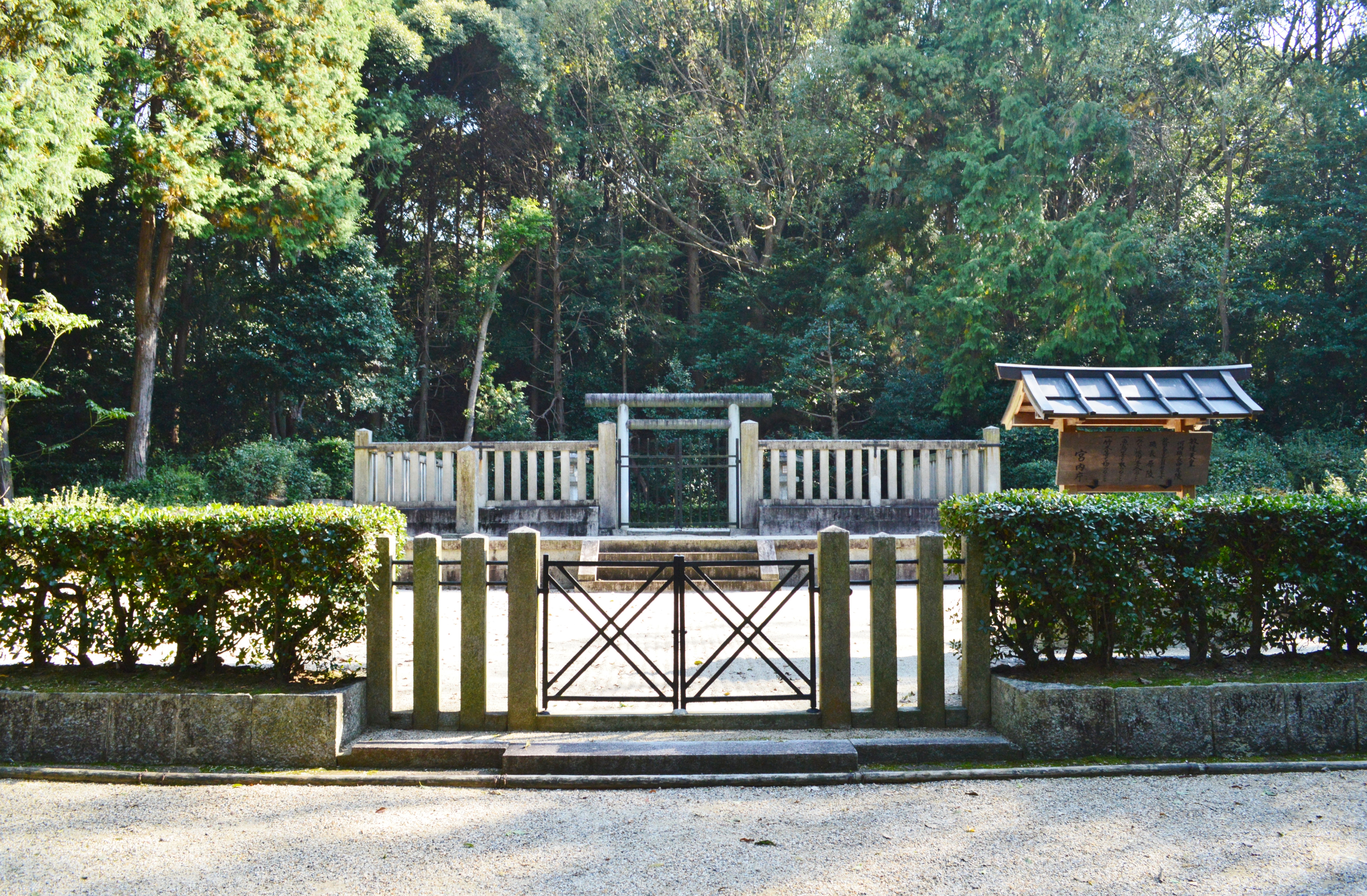1. Overview
Princess Ishi-hime (石姫 皇女Ishi-hime no HimemikoJapanese or 石姫 の 皇女Ishi-hime no ŌjoJapanese, died after 572 CE) was an influential figure in early Japanese imperial history, serving as the Empress consort of Emperor Kinmei, the 29th Emperor of Japan. She is also notably the mother of Emperor Bidatsu, who succeeded Kinmei as the 30th Emperor. Her name is recorded as 石比売命Ishi-hime no MikotoJapanese in the ancient historical text Kojiki. Her life and imperial roles are documented in historical records, highlighting her significant position within the imperial lineage during the Kofun period.
2. Life
Princess Ishi-hime's life was marked by her prominent lineage and her central role within the imperial family, first as a consort and then as Empress and Empress Dowager.
2.1. Birth and Family Background
Princess Ishi-hime was the daughter of Emperor Senka, the 28th Emperor of Japan. Her mother was Princess Tachibana no Nakatsu, who was herself a daughter of Emperor Ninken and a granddaughter of Emperor Yūryaku. Princess Ishi-hime had several full siblings, including Princess Koiso-hime (mentioned only in the Kojiki), Princess Kura no Wakayahime, Princess Hikage (both mentioned only in the Nihon Shoki), Prince Kami-shikiba, and an unnamed sibling who died young.
2.2. Marriage and Appointment as Empress
Princess Ishi-hime became a consort of Emperor Kinmei. Alongside her full sisters, Princess Kura no Wakayahime and Princess Hikage, she joined Emperor Kinmei's imperial household. On Kinmei Tennō 1, 1st month, 15th day (February 8, 540 CE), Princess Ishi-hime was formally elevated to the esteemed position of Empress consort of Emperor Kinmei. She held this title until 571 CE.
2.3. Appointment as Empress Dowager
Following the enthronement of her son, Prince Nunakura Futotama-Shiki, as Emperor Bidatsu, Princess Ishi-hime was appointed Empress Dowager (皇太后KōtaigōJapanese). This elevation occurred on Bidatsu Tennō 1, 4th month, 3rd day (April 30, 572 CE), solidifying her continued influence and status within the imperial court.
3. Children
Princess Ishi-hime bore three children with Emperor Kinmei:
- Prince Yata no Tamakatsu no Ōe (箭田珠勝大兄皇子Yata no Tamakatsu no Ōe no MikoJapanese), her first son, who died in 552 CE.
- Emperor Bidatsu (渟中倉太珠敷尊Nunakura Futotama-Shiki no MikotoJapanese), her second son, who later ascended the throne as the 30th Emperor of Japan.
- Princess Kasanui (笠縫皇女Kasanui no HimemikoJapanese).
4. Mausoleum
Princess Ishi-hime's imperial tomb, known as Shinaga-no-hara-ryō (磯長原陵Shinaga-no-hara no MisasagiJapanese), is officially designated by the Imperial Household Agency and is located in the Ōaza Taishi area of Taishi-chō, Minamikawachi District, Osaka Prefecture. This tomb is also known archaeologically as the Taishi Nishiyama Kofun (太子西山古墳Taishi Nishiyama KofunJapanese), a large kofun (ancient burial mound) with a keyhole shape and a total length of 371 ft (113 m).
Princess Ishi-hime's mausoleum is a joint burial site with her son, Emperor Bidatsu. While her exact year of death remains unknown, the Nihon Shoki records that Emperor Bidatsu was interred in Princess Ishi-hime's tomb in April of Shushun Tennō 4 (c. 591 CE), with the tomb referred to as "Shinaga-ryō" (磯長陵Shinaga-ryōJapanese). The Engishiki, an ancient Japanese legal and administrative text, lists Princess Ishi-hime's tomb as a distant tomb (遠墓enboJapanese) called "Isonagahara-no-haka" (磯長原墓Isonagahara no HakaJapanese). It specifies its location within Emperor Bidatsu's tomb in Ishikawa District, Kawachi Province, and notes that three households (守戸三烟shuko san'enJapanese) were annually assigned for its upkeep.

5. Related Sites
A significant site related to Princess Ishi-hime is the Iwa Shrine (石神社Iwa JinjaJapanese) in Kashiwara City, Osaka Prefecture. This shrine enshrines Princess Ishi-hime as its principal deity (主祭神shusaijinJapanese), indicating her continued veneration in the region.